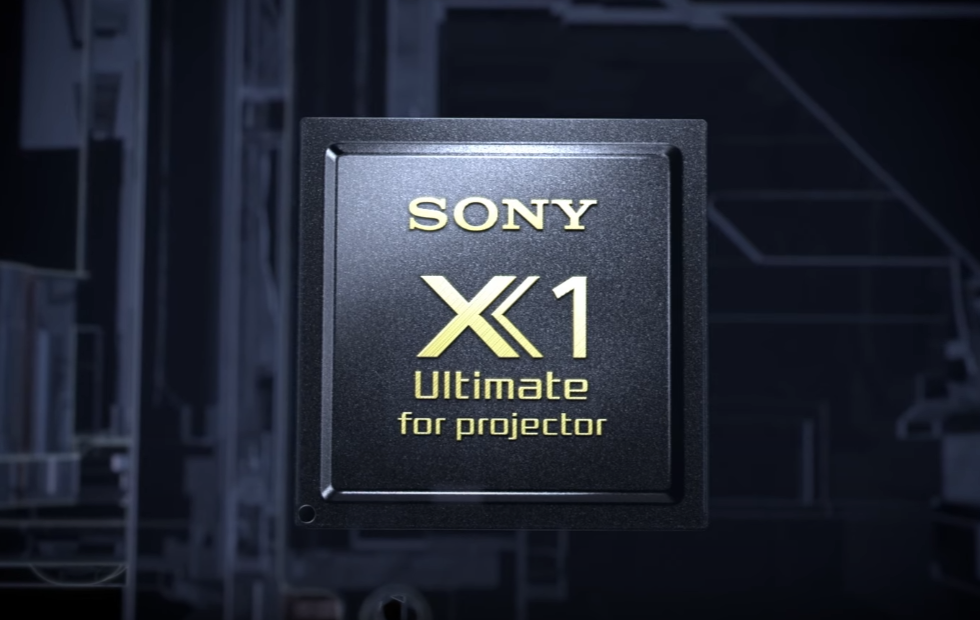What is SXDR
In our fast-paced digital world, the quest for brighter, sharper, and more energy-efficient display technologies is unending. As we marvel at the vibrant screens of our smartphones, tablets, and TVs, it's easy to overlook the constant innovation happening behind the scenes. Enter SXDR (Silicon X-tal Reflective Display), a cutting-edge display technology that promises to reshape our visual experience in ways we never imagined.
Have you ever wondered what makes the display on your devices so captivating? How do pixels come alive with brilliant colors and stunning details? In this blog post, we delve into the fascinating world of SXDR, unpacking its inner workings and highlighting its revolutionary capabilities. Join us on this technological journey as we explore the marvels of SXDR and its potential to transform the way we interact with screens. From enhanced brightness and energy efficiency to remarkable picture quality, we'll uncover the incredible advancements that make SXDR a game-changer in the world of display technology.
Stay tuned as we take you through the key features, advantages, and potential applications of SXDR. By the end of this post, you'll gain a deeper understanding of how this innovative technology is poised to redefine our visual experiences and leave you eagerly anticipating the future of display technology. Prepare to be amazed as we unravel the secrets of SXDR and unveil a new era of visual brilliance.
Short answer: SXDR, or Silicon X-tal Reflective Display, is an innovative display technology that is poised to transform the visual experience. It utilizes an array of tiny silicon crystals that act as mirrors, reflecting light selectively to create stunning visuals with exceptional brightness, contrast, and energy efficiency. SXDR displays offer advantages such as enhanced brightness, energy efficiency, high resolution, excellent contrast, and wide viewing angles. This technology has the potential to be implemented in various devices, including smartphones, tablets, projectors, e-readers, and wearables. While SXDR presents manufacturing complexities and scalability challenges, it holds great promise for delivering immersive and visually captivating experiences in the world of display technology.

What Exactly is SXDR
SXDR, short for Silicon X-tal Reflective Display, is a groundbreaking display technology that is poised to revolutionize the way we perceive and interact with screens. It is a type of reflective display that utilizes advanced silicon crystal structures to create stunning visuals with exceptional brightness, contrast, and energy efficiency.
At its core, SXDR relies on a combination of micro-electromechanical systems (MEMS) and optical components to manipulate light and produce vibrant images. The display consists of tiny silicon crystals that act as mirrors, reflecting light selectively to generate colors and create a high-resolution picture. These crystals can rapidly tilt and adjust their orientation, allowing precise control over the light reflected from each pixel.
One of the key advantages of SXDR is its ability to achieve remarkable brightness levels while consuming significantly less power compared to traditional display technologies. By utilizing ambient light to enhance visibility, SXDR reduces the need for backlighting, resulting in improved energy efficiency and extended battery life for portable devices.
Moreover, SXDR's exceptional contrast ratio ensures deep blacks and vivid colors, resulting in a visually stunning experience. This technology has the potential to deliver sharper text, vibrant multimedia content, and lifelike visuals, making it ideal for a wide range of applications, including smartphones, tablets, e-readers, smartwatches, and even large-scale displays.
In the upcoming sections, we will dive deeper into the inner workings of SXDR, explore its advantages over existing display technologies, and examine the potential impact it can have on various industries. Prepare to witness the future of displays unfold before your eyes as we unravel the wonders of SXDR.
How does SXDR Projector Work
- Light source: The projector starts by utilizing a powerful light source, such as a high-intensity lamp or a more modern LED light, to provide the necessary illumination.
- Dichroic mirrors: The light emitted from the source is split into its primary colors (red, green, and blue) using dichroic mirrors. These mirrors reflect specific wavelengths of light while allowing others to pass through.
- SXDR panel: The split light beams then pass through an SXDR panel, which consists of an array of tiny silicon crystals that act as mirrors. These crystals can tilt to control the amount of light reflected, selectively creating the desired colors and shades.
- Micromirror device (DLP technology): In SXDR projectors, a Digital Micromirror Device (DMD) chip using Digital Light Processing (DLP) technology is often employed. This chip contains thousands of microscopic mirrors that can tilt rapidly, reflecting light onto the SXDR panel for further manipulation.
- Lens system: The manipulated light beams then pass through a lens system within the projector. This system focuses the light and projects it onto a screen or surface, creating a large, high-resolution image.
- Image processing: Before projection, the input signal is processed by the projector's electronics. This includes tasks such as decoding the video signal, adjusting color parameters, and optimizing image quality.
- Keystone correction and other adjustments: SXDR projectors often come with features like keystone correction, which compensates for image distortion caused by the projector's placement. Additionally, various adjustments like focus, zoom, and aspect ratio can be made to fine-tune the projected image.
- Projection and display: Finally, the processed and manipulated light beams are projected onto a screen or surface, resulting in a vibrant, high-definition image.
FAQ About SXDR technology
What are the advantages of SXDR over other display technologies?
SXDR offers enhanced brightness, energy efficiency, excellent contrast, high resolution, and wide viewing angles.
What devices can utilize SXDR technology?
SXDR can be used in smartphones, tablets, e-readers, projectors, and wearables.
How does SXDR compare to OLED and LCD displays?
SXDR offers similar contrast to OLED, better energy efficiency than LCD, and utilizes ambient light for reflection.
Are there any limitations or challenges with SXDR technology?
SXDR involves complex manufacturing, scalability to larger displays may be a challenge, and availability may be limited.
You may also like:
